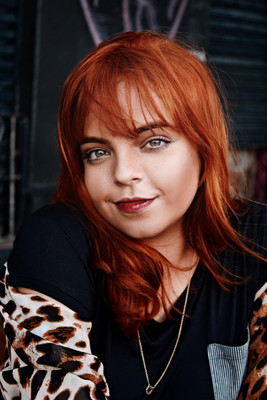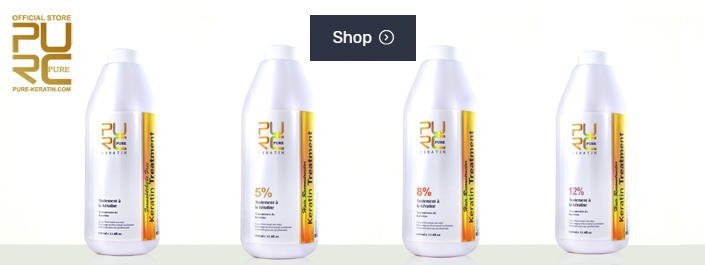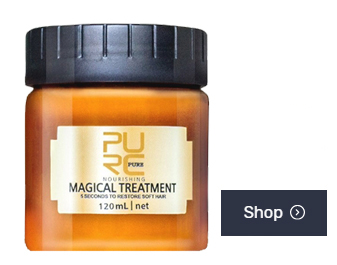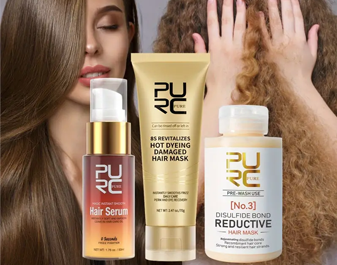DIFFERENCES BETWEEN PERMANENT & TEMPORARY HAIR COLORINGS
PURE KERATIN on 26th Sep 2020
PERMANENT HAIR COLORINGS
There are two types of permanent hair colorings—those that penetrate in the hair shaft and the coating tints which develop on the cuticle.
The Penetrating Tints
Almost all permanent hair coloring is done with oxidation or penetrating tints.
These tints penetrate through the cuticle layer of the hair into the cortex and are there oxidized or developed by the peroxide to insoluble pigments deposited on the same place where the natural pigments occur. The distribution of the produced pigments inside the hair shaft in the same pattern as the natural pigment creates a natural-looking shade.
The tinting action of the permanent hair coloring stops as soon as the hair is rinsed and excess coloring is washed away so that the hair does not darken after the application.
Hair is not damaged if the penetrating tint is properly applied and can be successfully permanent waved after this tint application. Sometimes the penetrating tints even improve hair condition.
All oxidation or penetrating tints require a patch test to be given 24 hours before each application.
The Coating Tints
The use of coating tints or hair restorers, as they are sometimes called, is comparatively small. Nevertheless, it is important that their function be understood.
These products are more often used in the home rather than by the beautician. However, the professional operator must recognize them since, after their use, hair must frequently be reconditioned before successful application of tints, bleaches or permanent waves is possible.
The coating tints develop on the outside of the shaft on the cuticle layer, obliterating light and producing unnatural colors. There are two kinds of coating tints—the vegetable extracts and the metallic dyes.
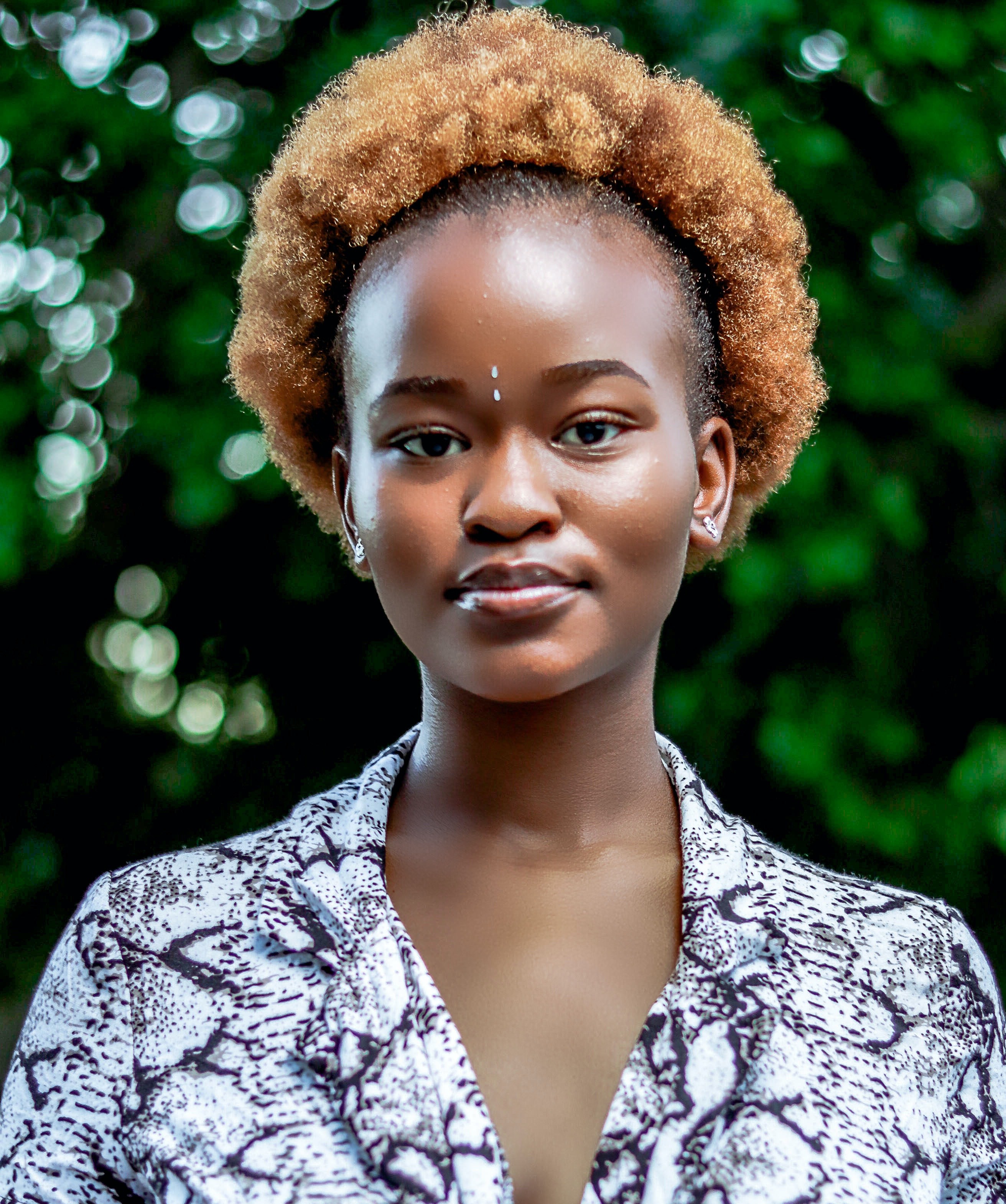
a) Vegetable Extracts
In the past, many plants and plant extracts such as indigo, sage, chamomile and henna were used for hair dyeing.
However, today only henna finds continued use. Among its many disadvantages are the length of application time, uncertain results, and the unnatural red shades it produces. Over a period of time, henna coats the hair and makes waving difficult.
So called white henna is not henna at all but is magnesium carbonate application of white henna, with its strong alkaline reaction, tends to damage the hair.
b) Metal Salt Dyes and Metal Compounds
Metal salt dyes are usually composed of a solution of metal salt with thiosulfate.
The metal salt dyes are called progressive dyes or color restorers, because each subsequent application increases the coating on the hair and it becomes progressively darker. These metallic dyes have a tendency to fade into peculiar colors. Those that contain lead turn purple. The dyes containing silver turn green, and those containing copper turn red.
c) Henna Compound Dyes
The henna compound dyes are mixtures of metallic salts with organic intermediates such as pyrogallol. The colors achieved with these compounds are more natural looking than those obtained with the metal salts alone, but no lightening of the hair is possible and they fade easily.
They are discolored by cold wave permanents, and hair treated with these compounds cannot be bleached or dyed until the metallic salts have been removed.
Permanent colorings remain in the hair until they are removed by chemical means or until the hair grows out.
The coloring cannot be washed out with soap and water. However, it can be changed if another shade is desired by using a tint remover or bleach and retinting the hair.
Permanent colorings are used to cover gray hair, to give decided changes in hair color, or to brighten or deepen an already existing shade.
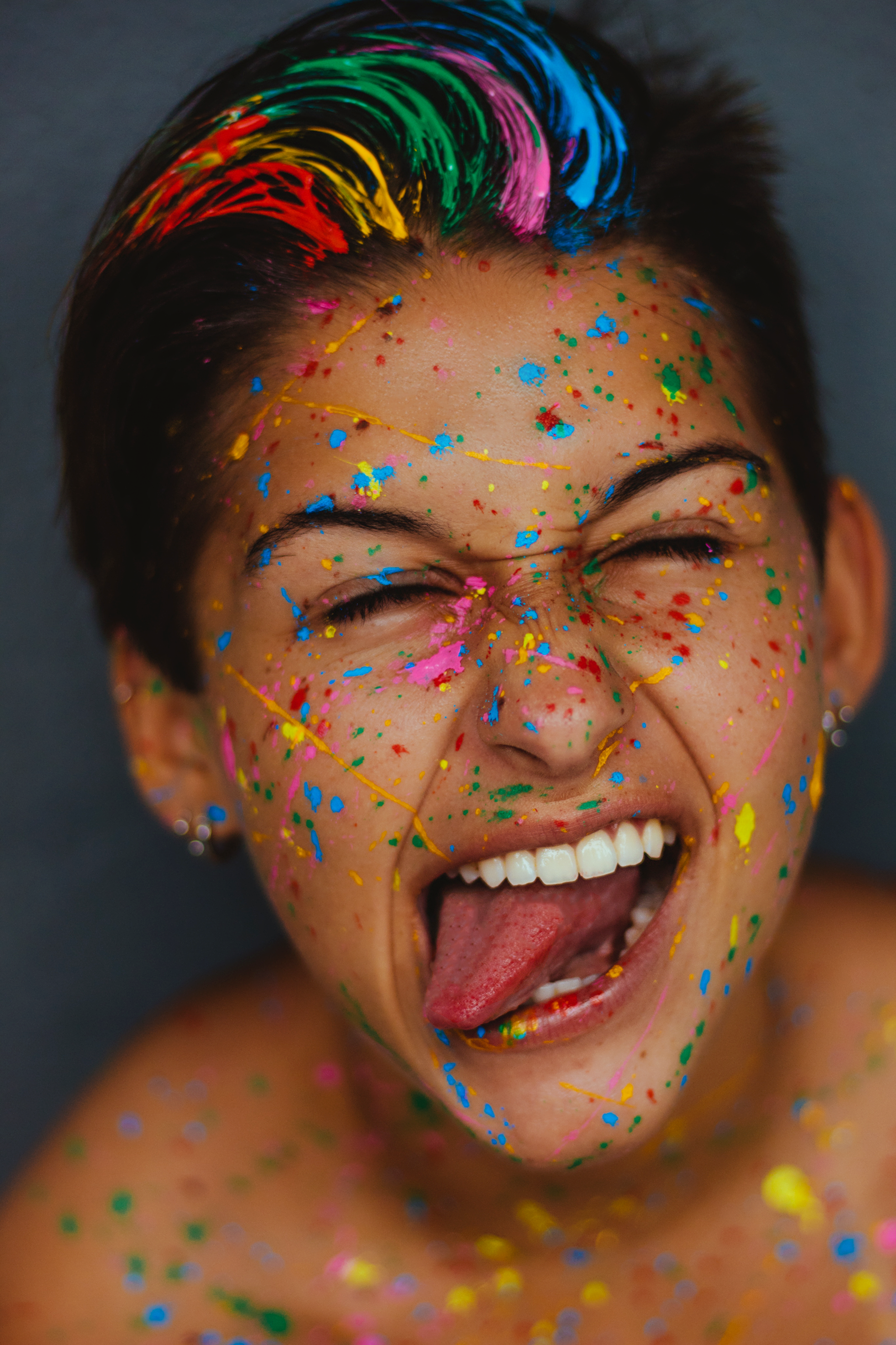
TEMPORARY HAIR COLORINGS
Temporary colorings deposit color on the outside of the hair shaft. They are generally removed by washing with soap and water, but some of the temporary types are resistant to one or two shampoos.
Temporary hair colorings are used to darken or to add highlights to normal hair, to impart color to gray hair and to eliminate yellowish shades from white and gray hair.
There are three kinds of temporary hair colorings:
1. Rinses
For women who want only to highlight the color of their hair or add beauty to gray hair, rinses are the most satisfactory answer. These rinses are easily and quickly applied and are valuable as an introduction to hair coloring.
2. Highlighting Shampoos
Some shampoos combine the action of a rinse with that of a shampoo to give highlights and slight color tones to hair. These shampoos generally contain certified colors.
Other highlighting shampoos do not contain coloring matter, but do contain a bleaching agent to achieve this effect. Their action is due to solid peroxide compounds present in a soap or detergent base.
3. Powders, Crayons, Mascaras, and Hair color Cremes
Powders are practically extinct today with the exception of the metallic powders which have returned to fashion for use in applying temporary hair streaks.
Hair crayons are used to retouch newly grown gray hair in between tint treatments so that it blends with the tinted hair. The results are not comparable to regular retouching.
Mascaras are used for coloring eyelashes and eyebrows.
Hair color cremes have their greatest use as a theatrical makeup. Because of their greasy base and tendency to rub off easily, they are rarely used for general purposes.














